Dhatus, Digestion, and Ojas
Ayurvedic Basics: Understanding Dhatus, Digestion, and Ojas

The Seven Dhatus
In Ayurveda, the body is composed of seven fundamental tissues, known as dhatus. Each dhatu has a specific function and contributes to the overall health and vitality of the body.














Ahara Rasa
~





This is the primary digestive fluid formed immediately after digestion, from which all other dhatus are nourished. Its waste products include feces, flatus, and urine.
Rasa
~





Corresponding to plasma and lymph, rasa nourishes the body and mind. Its waste product is phlegm.














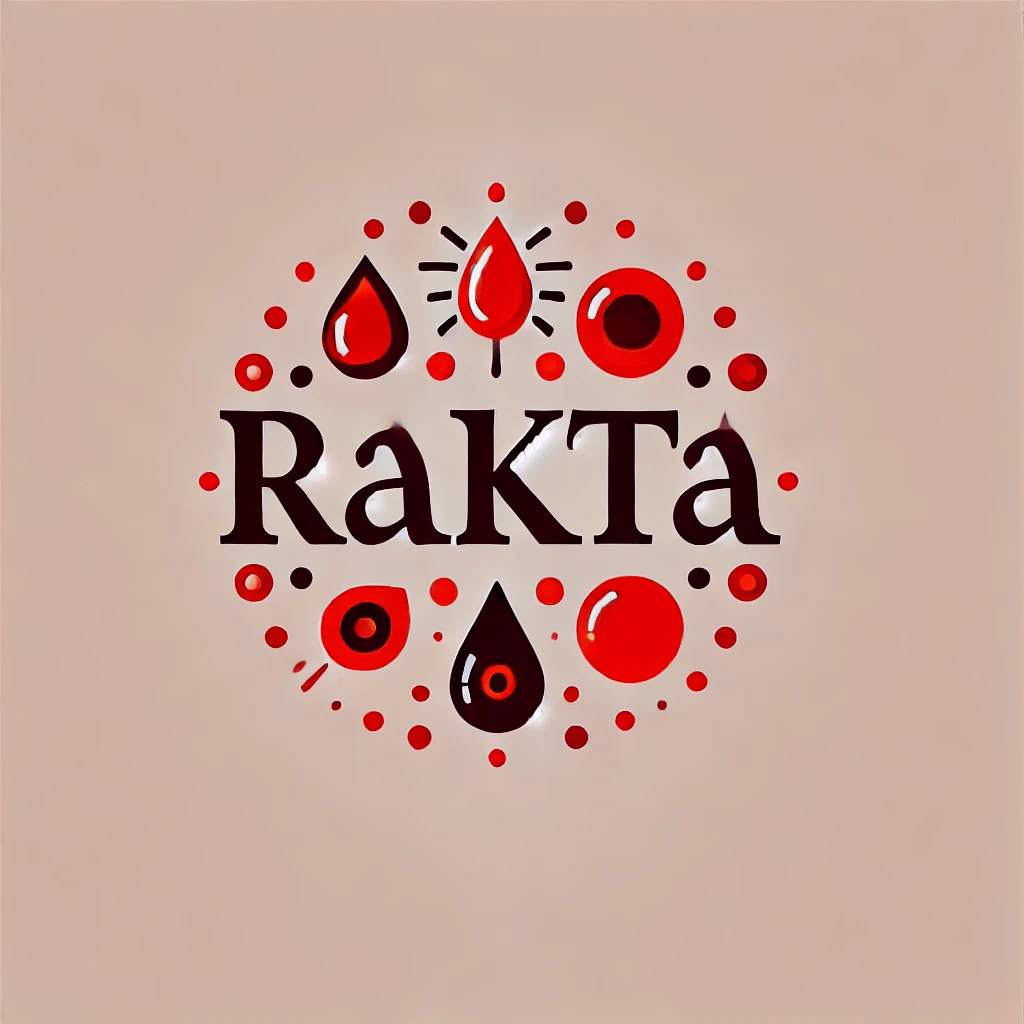











Rakta
~



Mamsa
~



Representing muscle tissue, mamsa provides physical strength and support. Its waste products include tears, ear wax, and other secretions.












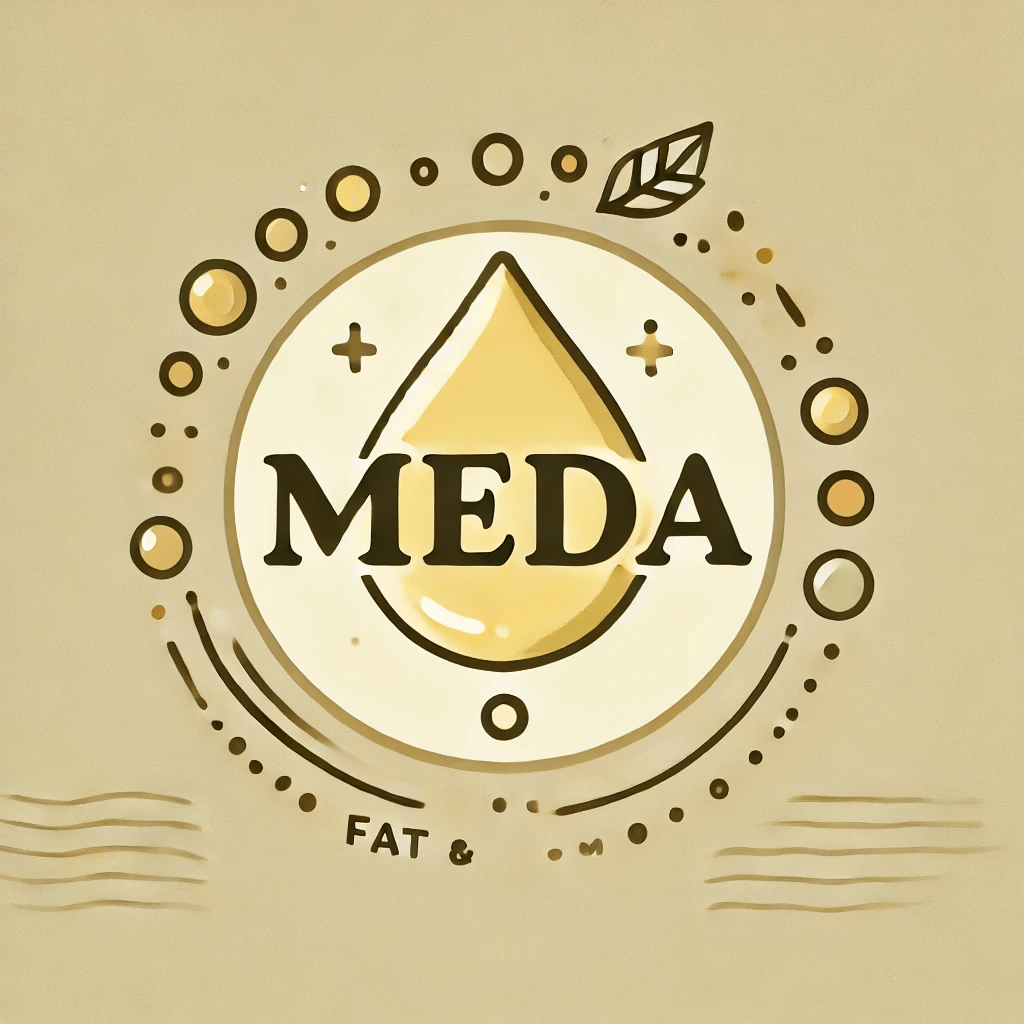











Meda
~



Asthi
~
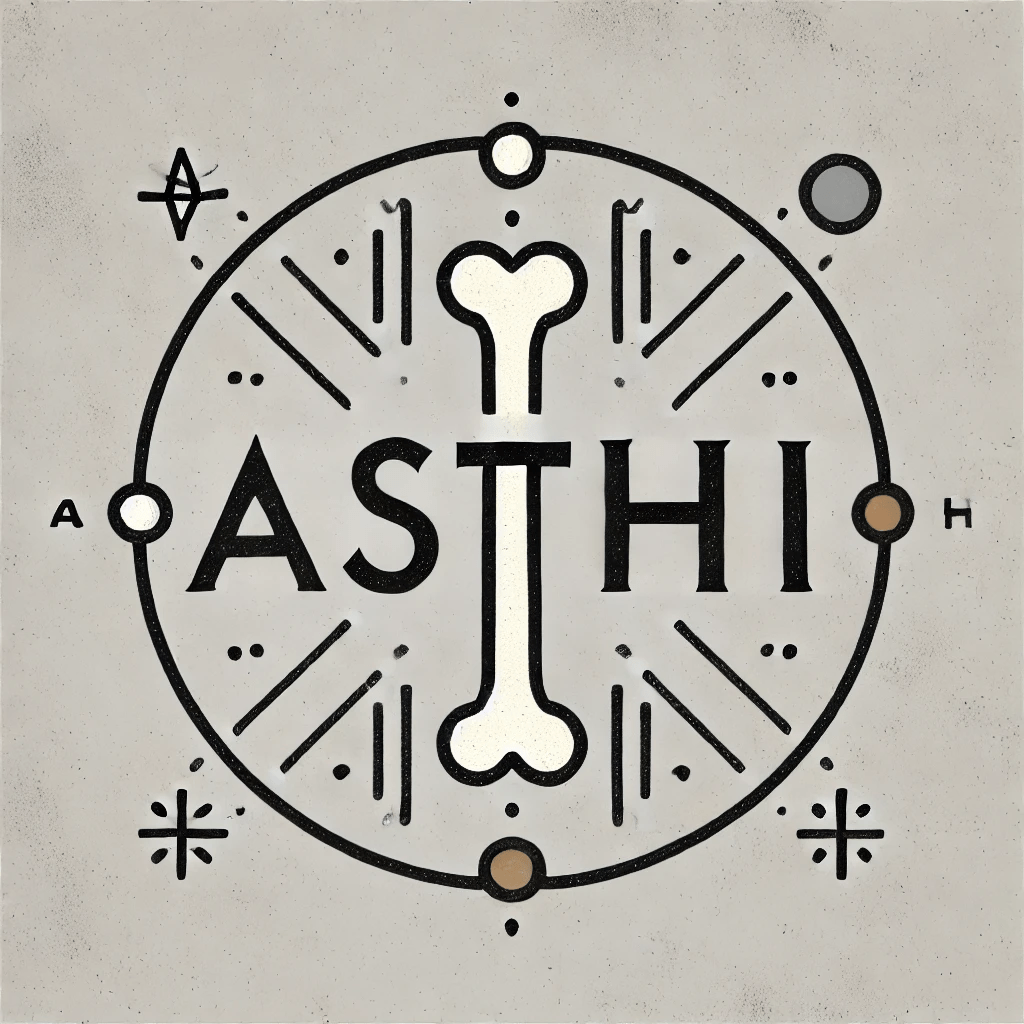


Corresponding to bones and skeletal structure, asthi supports the body and its movement. Its waste products are hair and nails.
























Majja
~



Representing bone marrow and the nervous system, majja nourishes and supports cognitive functions. Its waste products are oily secretions from the eyes, skin, and colon.
Shukra
~















The 7 Dhatus
Dhatu | Principal Mahabhuta | Tissue | Mala (Waste Product) |
|---|---|---|---|
Ahara Rasa | Digestive Fluid | Feces, flatus and urine | |
Rasa | Water | Blood plasma + breast milk, menstrual blood | Phlegm |
Rakta | Fire | Blood cells + tendons, blood vessels | Bile |
Mamsa | Earth | Muscle + skin, muscle fat | Tears, ear wax, oral & nasal secretions |
Meda | Earth | Fat + ligaments, joints | Sweat |
Asthi | Air | Bone | Hair & nails |
Majja | Air | Bone marrow, central nervous system | Oily secretions of eyes, skin, colon |
Shukra | Water - male Fire - female | Reproductive tissues including semen and ovum | None |

How Digestion Works
Digestion in Ayurveda is seen as a transformative process that converts food into energy and nourishment for the dhatus. This process is driven by agni, the digestive fire, which is critical for breaking down food and assimilating nutrients.
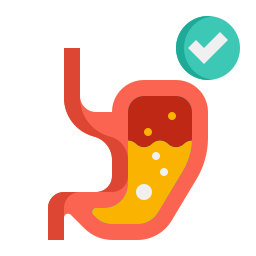

Ingestion
Food enters the digestive tract and is acted upon by Jatharagni (digestive fire in the stomach).
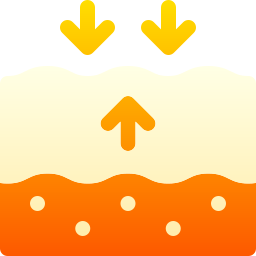

Absorption
Nutrients are absorbed and transported through the body, forming Ahara Rasa.


Transformation
Ahara Rasa is progressively transformed into the seven dhatus through the action of dhatvagni (metabolic fires in each tissue).


Elimination
Waste products (mala) are excreted, ensuring the body remains balanced and healthy.
Proper digestion ensures that the dhatus are well-nourished and the body functions optimally. When agni is strong, digestion is efficient, leading to good health. Conversely, weak agni results in ama (toxins), which can cause imbalances and disease.

The Concept of Ojas
Ojas is the essence of all dhatus and is considered the vital energy that sustains life. It is the ultimate product of perfect digestion and metabolism, providing strength, immunity, and vitality.


Ojas, Dhatus, and the Self-Referral Loop
Formation of Ojas
~
Ojas is formed through the nourishment of the dhatus over a period of time. It is a subtle and refined substance that accumulates when the body is well nourished and free from toxins.
Functions of Ojas
~
It supports physical strength, mental clarity, emotional stability, and immunity. High levels of ojas result in overall well-being, resilience, and a positive outlook.
Maintaining Ojas
~
To maintain and enhance ojas, it is important to have a balanced diet, proper digestion, adequate rest, regular exercise, and a positive mindset. Practices like meditation and yoga also contribute to the preservation of ojas.
